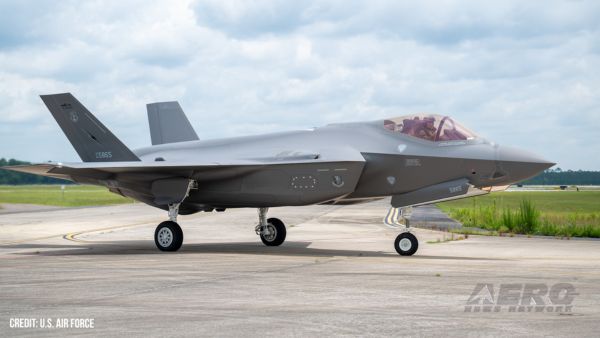Tue, Aug 04, 2009
Automatic Activation Or Cockpit Indicator Will Be Required
 The FAA Monday changed its
certification standards for transport category airplanes to require
either the automatic activation of ice protection systems or a
method to tell pilots when they should be activated.
The FAA Monday changed its
certification standards for transport category airplanes to require
either the automatic activation of ice protection systems or a
method to tell pilots when they should be activated.
The new rule requires an effective way to ensure the ice
protection system is activated at the proper time. The rule applies
to new transport aircraft designs and significant changes to
current designs that affect the safety of flight in icing
conditions. There is no requirement to modify existing airplanes,
but the FAA is considering a similar rulemaking that would cover
those designs.
"We're adding another level of safety to prevent situations
where pilots are either completely unaware of ice accumulation or
don't think it's significant enough to warrant turning on their ice
protection equipment," said FAA Administrator Randy Babbitt.
Under the revised certification standards, new transport
aircraft designs must have one of three methods to detect icing and
to activate the airframe ice protection system:
An ice detection system that automatically activates or alerts
pilots to turn on the ice protection system;
A definition of visual signs of ice buildup on a specified surface
(e.g., wings) combined with an advisory system that alerts the
pilots to activate the ice protection system; or
Identification of temperature and moisture conditions conducive to
airframe icing that would tip off pilots to activate the ice
protection system.
The standards further require that after initial activation, the
ice protection system must operate continuously, automatically turn
on and off, or alert the pilots when the system should be
cycled.

FAA Administrator Randy
Babbitt
The FAA has previously addressed activation of pneumatic
deicing boots on many aircraft models by requiring activation of
boots at the first sign of ice accumulation. This new certification
standard further increases safety by not relying on the pilot alone
to observe whether the airplane is accumulating ice. Also this
certification standard applies to all types of ice protection
systems, not just pneumatic deicing boots.
More News
“We have seen astounding demand for the G800, and the entire Gulfstream team is excited to begin making deliveries to our customers. The G800 is entering service with extraor>[...]
Aero Linx: Recreational Aviation Australia (RAAus) Recreational Aviation Australia is progressively working towards improving safety outcomes through a holistic approach to safety >[...]
Classic Klyde Morris From 11.07.16 (and Remembering Bob...) FMI: www.klydemorris.com>[...]
Also: GADFLY AI-Driven Engine Analysis, Knockoff Iranian Drones, Russian Surveillance, 40 NASA Missions Chopped This year’s Zenith Homecoming event will soon be taking off at>[...]
Also: H55 Completes American Tour, Robinson Trade-Ins, Retired AV-8B Harrier, NS-35 Mission Organizers of the iconic annual Air Race Classic will soon be opening registration for t>[...]
 Aero-News: Quote of the Day (08.28.25)
Aero-News: Quote of the Day (08.28.25) ANN's Daily Aero-Linx (08.28.25)
ANN's Daily Aero-Linx (08.28.25) Classic Klyde Morris (08.25.25)
Classic Klyde Morris (08.25.25) Airborne 08.25.25: Zenith Homecoming, VP Racing, Affordable Flying Expo 2025
Airborne 08.25.25: Zenith Homecoming, VP Racing, Affordable Flying Expo 2025 Airborne 08.22.25: ARC Spinoff, Nat'l Championship Air Races, Hawkins Accident
Airborne 08.22.25: ARC Spinoff, Nat'l Championship Air Races, Hawkins Accident




